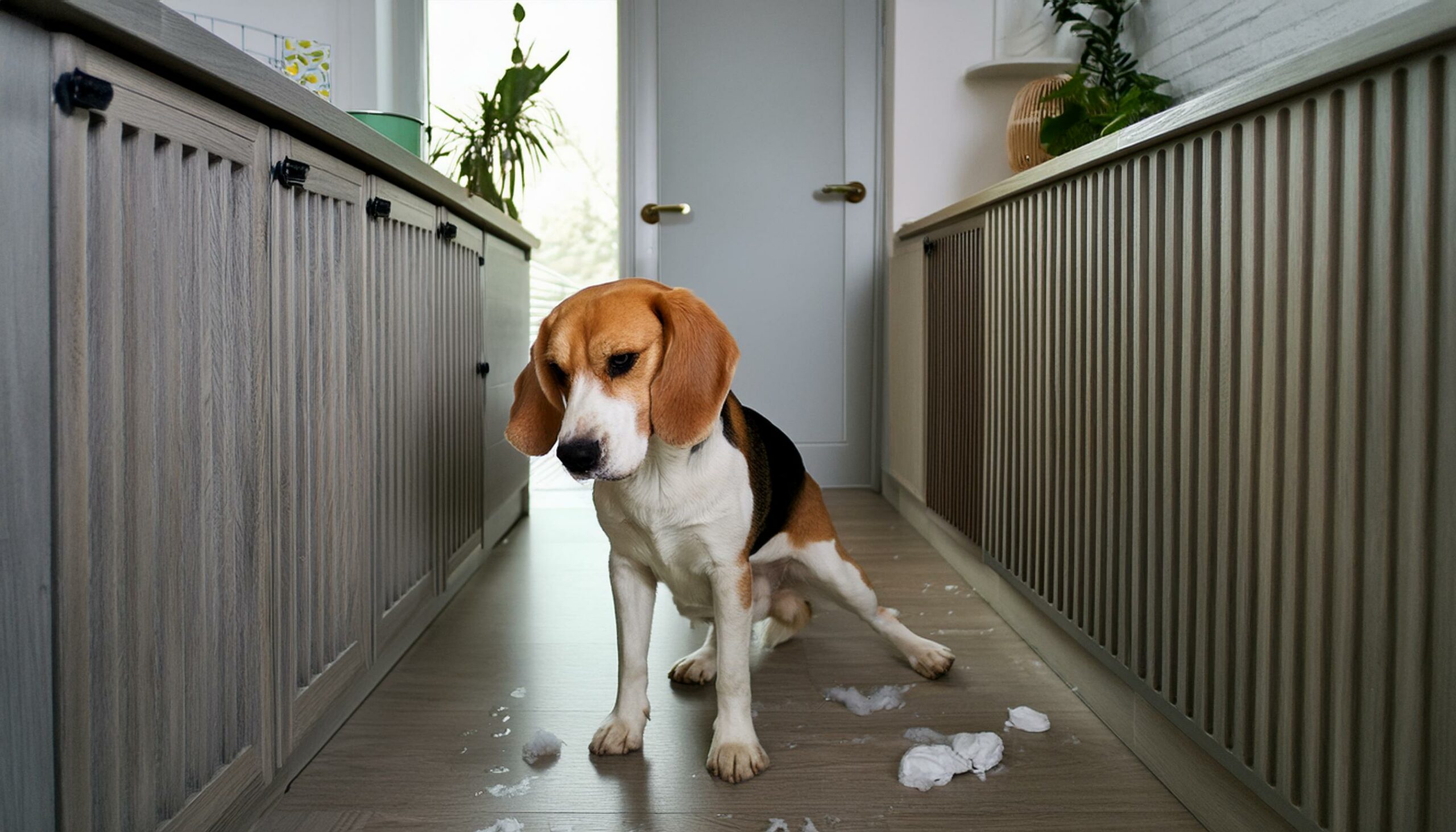Beagles, with their charming looks and affectionate nature, make wonderful companions. However, like all dogs, they can exhibit behaviors that may challenge their owners. Understanding and effectively addressing bad Beagle behavior is crucial for maintaining a harmonious relationship with these beloved pets.
Common Bad Beagle Behaviors
Excessive Barking
Beagles are known for their melodious howls, but excessive barking can become a nuisance. This behavior often arises from boredom, loneliness, or a need for attention.
Destructive Chewing
Beagles have a natural inclination to chew, and if not properly trained, they may turn to destructive chewing, damaging furniture, shoes, or other household items.
Digging
Beagles love to explore and have a strong instinct to dig. However, this behavior can become problematic when they start digging up your garden or yard out of boredom or a desire to escape.
Separation Anxiety
Beagles are social animals that form strong bonds with their owners. When left alone for extended periods, they may experience separation anxiety, leading to behaviors like howling, pacing, or destructive chewing.
Food Aggression
Some Beagles may exhibit food aggression, guarding their food bowl or treats fiercely. This behavior can be concerning, especially in households with children or other pets.
Causes of Bad Beagle Behavior

Lack of Proper Training
Many behavioral issues in Beagles stem from a lack of consistent training and boundaries. Without clear guidance, they may develop habits that are challenging to break.
Boredom or Lack of Mental Stimulation
Beagles are intelligent and energetic dogs that require mental stimulation to prevent boredom. Without adequate outlets for their energy and curiosity, they may engage in destructive behaviors out of frustration.
Health Issues
Sometimes, bad behavior in Beagles can be a sign of underlying health issues such as pain, discomfort, or hormonal imbalances. It’s essential to rule out any medical causes before addressing behavioral problems.
Anxiety or Fear
Beagles are sensitive dogs that can experience anxiety or fear in certain situations, leading to undesirable behaviors like excessive barking or aggression. Understanding the triggers and providing reassurance is crucial in managing these issues.
Tips for Addressing Bad Beagle Behavior

Consistent Training and Positive Reinforcement
Consistency is key when training Beagles. Use positive reinforcement techniques such as treats and praise to reinforce good behavior and redirect negative behaviors.
Providing Mental and Physical Stimulation
Keep your Beagle’s mind and body engaged with interactive toys, puzzle games, and regular exercise to prevent boredom and channel their energy in a positive direction.
Addressing Any Underlying Health Issues
If you suspect that your Beagle’s behavior is due to health issues, consult with your veterinarian for a thorough examination and appropriate treatment.
Seeking Professional Help if Needed
If you’re struggling to address your Beagle’s bad behavior on your own, don’t hesitate to seek help from a professional dog trainer or behaviorist who specializes in positive reinforcement methods.
Case Studies: Examples of Bad Beagle Behavior and Solutions

Case 1: Excessive Barking
Molly, a two-year-old Beagle, would bark incessantly whenever left alone at home. After implementing crate training and providing her with interactive toys, her owner noticed a significant reduction in her barking within a few weeks.
Case 2: Destructive Chewing
Max, a one-year-old Beagle, had a habit of chewing on furniture and shoes. By providing him with appropriate chew toys and using bitter apple spray to deter him from chewing on household items, his owner successfully redirected his chewing behavior.
Case 3: Separation Anxiety
Bailey, a four-year-old Beagle, would howl and exhibit destructive behavior whenever her owner left for work. Through desensitization techniques and gradual departures, Bailey’s separation anxiety improved, and she became more comfortable being alone.
Conclusion
Addressing bad behavior in Beagles is essential for fostering a happy and fulfilling relationship with your furry friend. By understanding the underlying causes and implementing effective training and management strategies, you can help your Beagle become a well-behaved and well-adjusted companion.
